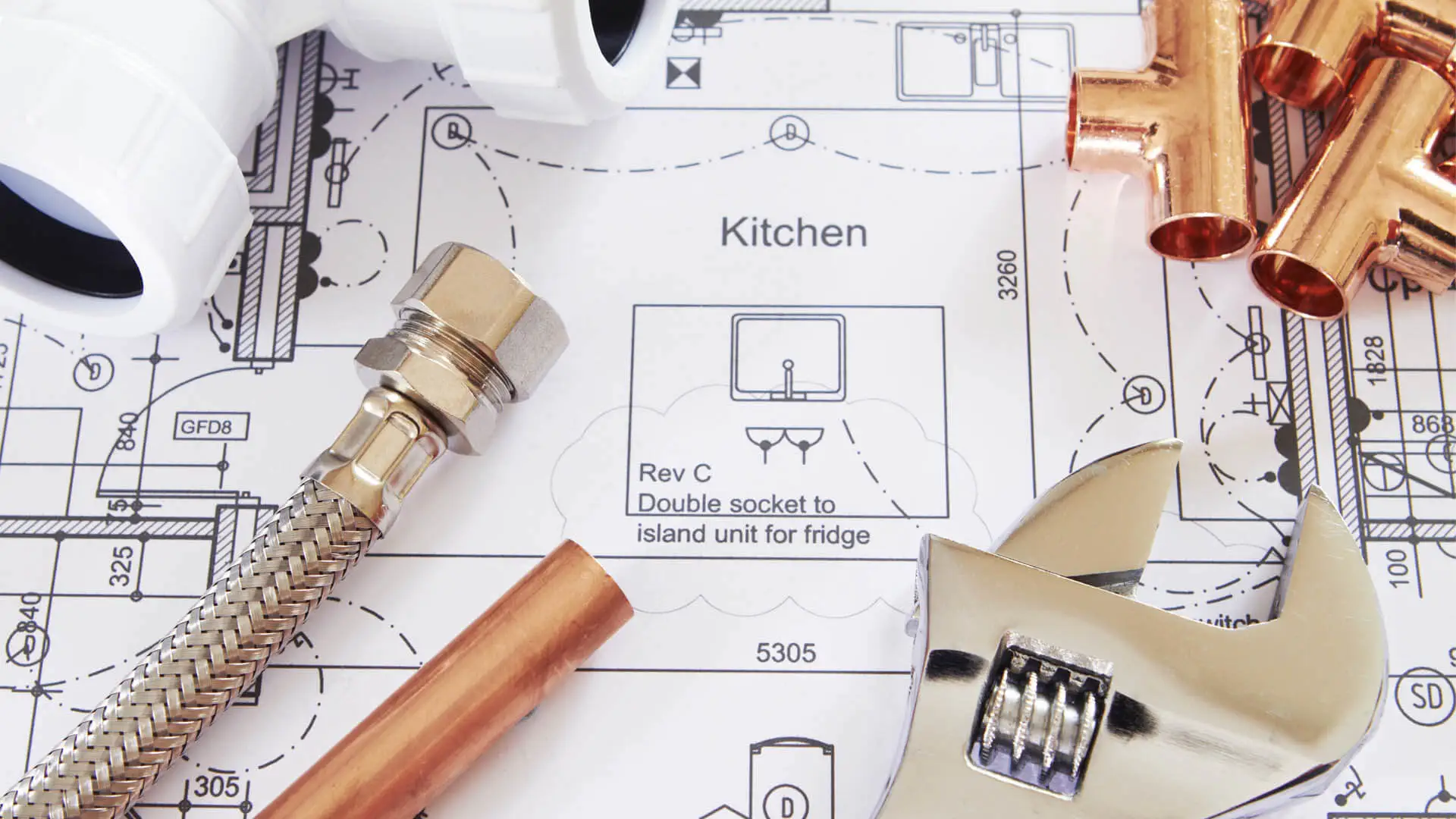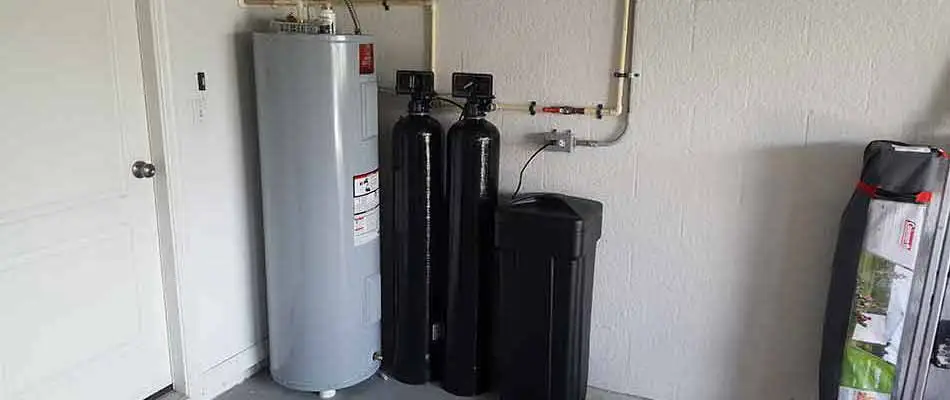While the Department of Energy recommends that your water heater is set to 120°, most standard water heaters are set to 140°. In actuality, you should set your water heater to a temperature that suits your needs and budget.
Setting your water temperature to 120° will help save money, energy, and avoid scalding water. However, if your hot water has an unpleasant odor, which is caused by bacteria, raise your temperature to over 140° to help kill the bacteria.
Check Your Current Temperature
Get an idea of your current water heater settings by checking your home system.
- Step 1: Allow your hot water heater to sit unused for at least one hour prior to testing.
- Step 2: Use a cooking or candy thermometer under the faucet closest to the hot water tank.
- Step 3: Run your hot water for one full minute and then fill a mug or cup with water and read the temperature.
It is important to note that when you check the temperature on your water heater, it is always approximate. The water at the bottom of your water tank will always read differently than the water at the top.
Adjusting the Temperature
Though adjusting the temperature on your hot water heater is not complicated, it is recommended that you contact Curtis Plumbing, or another plumbing company, for technical assistance if necessary. You will also have to determine whether you have a gas or an electric water heater before adjusting.
Gas Water Heater
Gas water heaters are simple to adjust when you need to change the current temperature, or check your water heater. There is a dial located on the front of the gas control valve. You can set your dial to the "warm setting" at 90°-110° or the "hot setting" at 140°-150°.
Electric Water Heater
Adjusting the temperature on your electric water heater is a little more involved. First, turn off the water breaker. Then, remove the upper and lower panels if you have a double element unit, or lower panel if you have a single unit. Pull your insulation to the side, remove the plastic to reach the adjustment screw, and use a flat-headed screwdriver to adjust. Replace the cover, insulation, and panels when you are finished and restore power to the system.
Homeowners should always be aware of their temperature settings on their water heater systems in case plumbing issues arise. Check your temperature settings and adjust as needed now!




Thanks for your comment!
Thanks for your feedback! Your comments have been successfully submitted! Please note, all comments require admin approval prior to display.
Error submitting comment!
There is a problem with your comment, please see below.